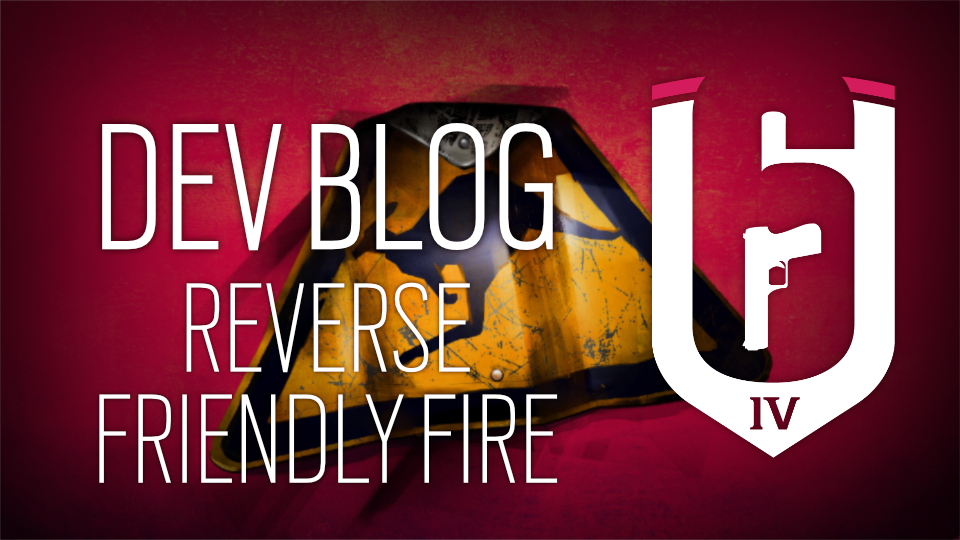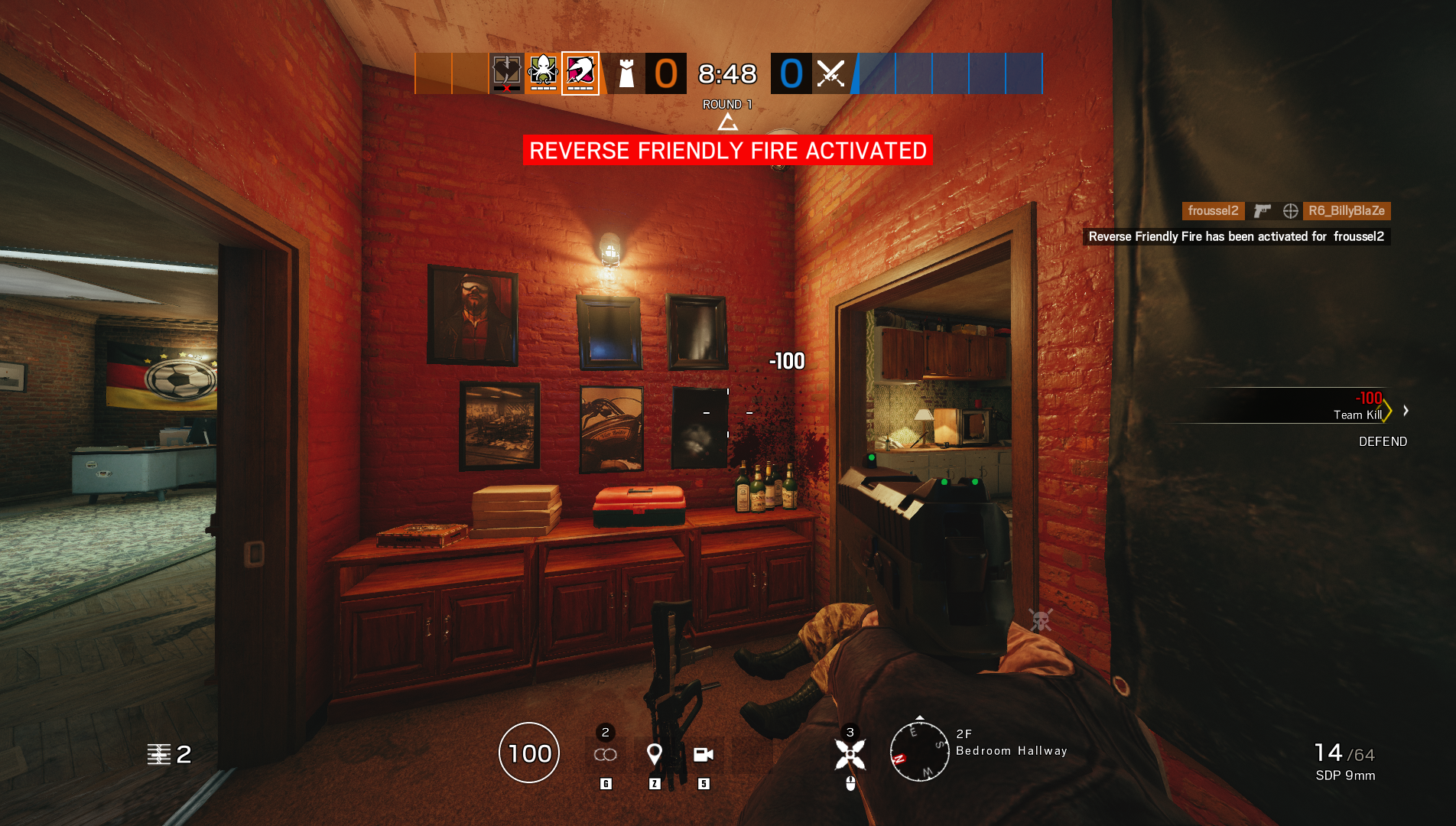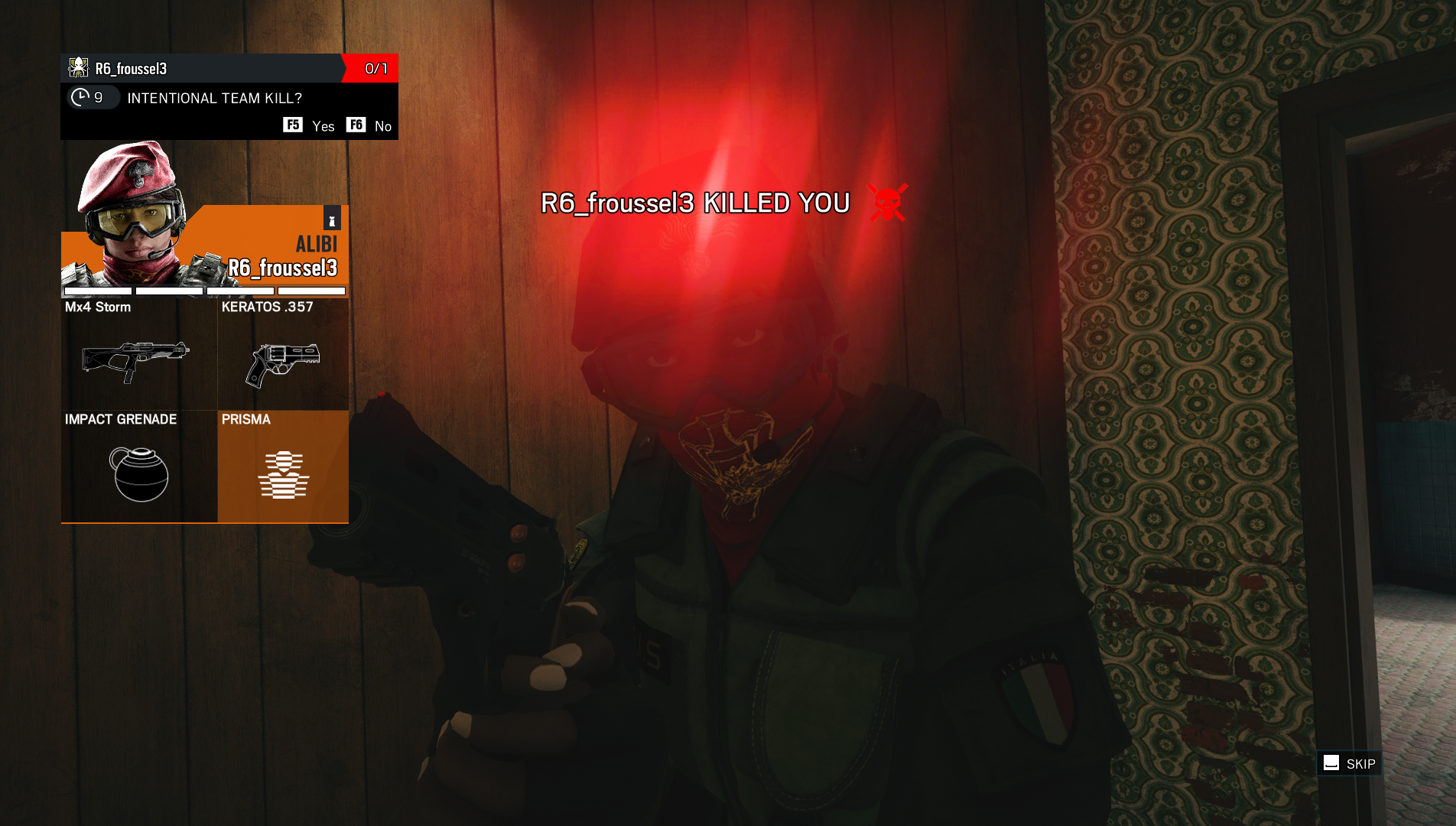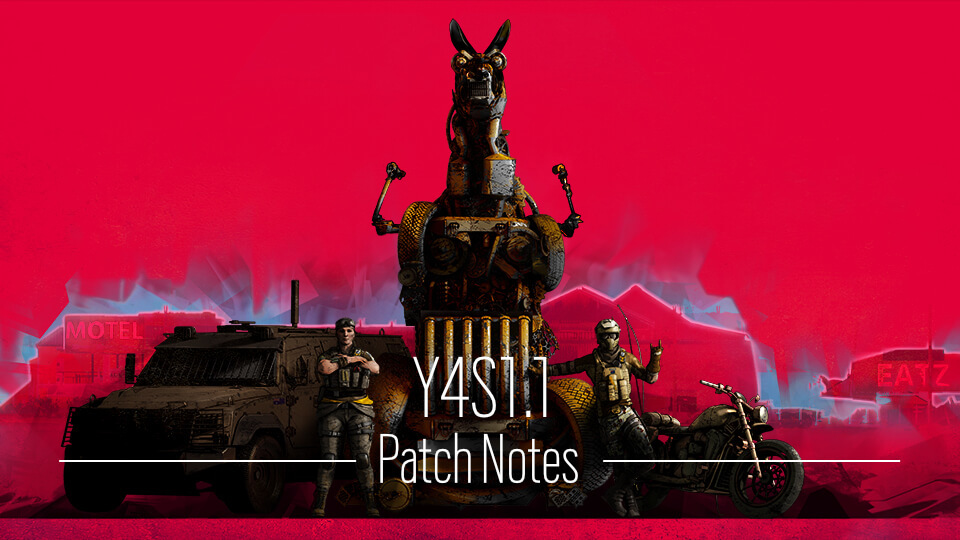
When something goes wrong in Rainbow Six Siege, it’s easy to blame the game. And sometimes it really is the game’s fault. But there are many misconceptions about the factors that we often pin our shortcomings on—stuff like server lag, “bad” hitboxes, or ping abuse. That’s where a new video explainer by former Siege developer Dominic Clement may be able to help.
The video touches on complicated subjects like what ping really is, server vs. client side connections, and tick rate. The whole thing is a great watch, but let’s break down the biggest lessons to be learned.
Debunking "ping abuse"
Ping abuse is when a player uses their high ping to gain an advantage in-game. The idea is that a high ping player can peek around a corner (known as peeker's advantage) and shoot enemies before they have a chance to react. I regularly see angry accusations from enemies and teammates alike claiming that ping abuse is ruining the match. That would be a legit concern, if it were true.
“Ping abuse is not a thing,” Clement remarks in the video. “High ping is not an advantage. If anything, you should be mad at low-pingers.” He explains that when two players with wildly different pings enter a gunfight, their connections are essentially in a race to reach the server first. The faster connection wins the race, which means their shot will always register first. The system is designed to always favor lower pings. Siege didn’t always work this way—a 2017 update adjusted server interactions to make sure peeker's advantage isn't much of an advantage.
You probably just missed
Although Siege is rife with legitimate bugs, Clement points out that players often complain about hit registration (or hitreg) when there is often a much simpler explanation: you missed, or your ping spiked. He plays several clips toward the end of the video to demonstrate this.
I can definitely back up this one with personal experience. It’s common to be spectating a teammate when they lose a fight and immediately protest. Even though I was watching as they missed almost every shot, they’ll still insist that they shot them in the head. Other times what looks like bad hitreg is really a brief connection interruption on your end.
Siege hitboxes are brutal
Source: Coreross on YouTube
Perception problems are exacerbated by Siege’s ultra precise hitboxes. Clement explains that since 2017’s Operation Health, hitboxes are now defined by the body inside of the armor and clothing. Most shooters have much larger hitboxes that often expand past the body itself. In the gif below, you can see just how much you can “miss” in Overwatch and still hit your mark. The difference is staggering.
Source: Nateson on YouTube
In Siege, shooting through the top of a helmet, earmuff cups, or external pouches on an operator will miss. This is the system working. I regularly encounter players who don’t know this, so it’s easy to see how it causes confusion and misguided hitreg woes.
Clement told me via email that he consulted with Siege community manager UbiNoty to confirm everything in the video is accurate, so it’s safe to take the info at face value. He isn’t trying to insist that the player is always wrong, but it’s worth knowing what a fake problem looks like to better identify real ones when they happen.












